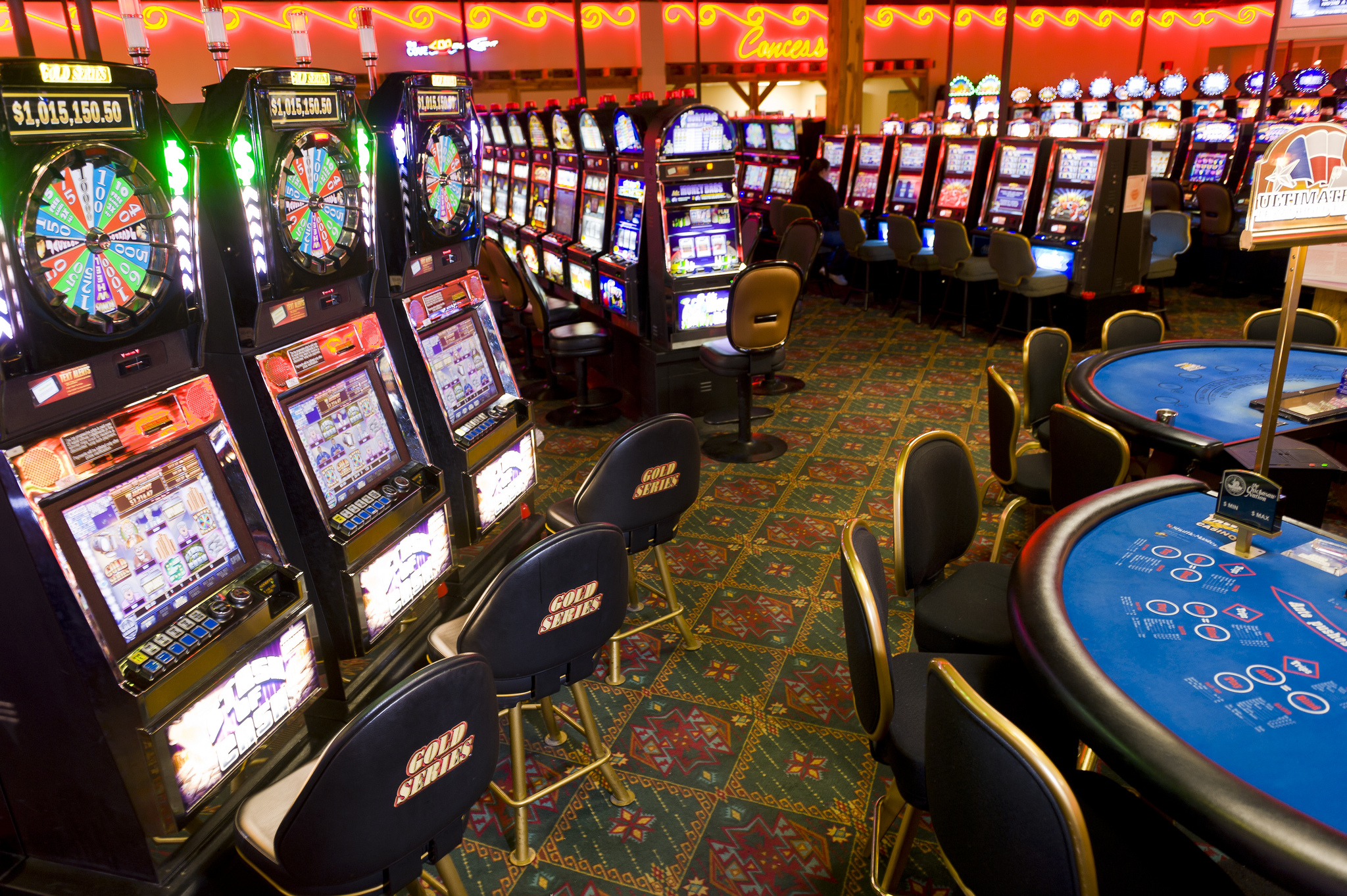
Gambling games have been a source amusement and thrill for numerous players around the world. One of the key components that renders these games engaging is the diversity of playing cards used in different kinds of games. Grasping the various kinds of cards can improve your gaming experience and refine your gameplay strategies. Whether you are drawn to traditional card games like poker and blackjack or modern casino games, each game depends on a unique set of cards that affects the regulations and the rhythm of play.
In casino environments, cards appear in several styles, each tailored to meet the needs of particular games. From regular decks to specialized card types, the diversity plays key role in shaping the mechanics of each game. By acquainting yourself with these cards and their uses, you can achieve deeper insights into the games and make more informed decisions at the table. This understanding not only enhances your gaming experience but also adds to a higher-level approach to your odds of winning.
Types of Playing Cards
When discussing casino games, the type of playing cards used can greatly impact the gameplay and tactics. The most frequent deck is the traditional 52-card deck, which consists of four suits: diamonds, clubs. Each suit contains thirteen ranks, from Ace to king. This traditional deck is essential in numerous games, such as blackjack, where gamblers aim to create the best hand possible or approach 21 as they can.
Some casino games use special decks specifically designed for the game itself. For example, the popular game of baccarat often uses multiple decks combined, typically six or eight. This not only increases the complexity of the game but also impacts wagering strategies, as players must consider the increased number of cards in play. Additionally, some games may introduce jokers or wildcards, adding further variety and excitement to the gambling experience.
In niche games, custom decks may come into play. BJ8885.com For instance, in games like bridge or Pinochle, players might use specific rules with varied card values or roles. These variations keep the gameplay fresh and allow for varied strategies to emerge. Understanding the different types of playing cards and their particular uses in various casino games is key to improving one’s gambling experience and boosting overall performance at the tables.
Deck Modifications in Casino Activities
In gambling games, the type of deck used can significantly impact both the gameplay and the tactics used by participants. Most traditional playing card activities, such as blackjack and five-card draw, typically use a standard 52-card deck. However, modifications do exist where extra jokers or even multiple packs are utilized. For example, in 21, some gaming establishments may use one to eight packs, which can change the odds and the basic strategy needed to play effectively. Participants must be cognizant of the deck composition, as it influences the house edge.
Another frequent variation in gambling playing card games is the use of themed or custom decks. For example, some poker games might use a deck that includes unique images or designs, which can enhance the atmosphere at the table. These specialized decks often serve to differentiate between different game types or loyalty initiatives within the casino. While the traditional rules of the game remain the same, the visual appeal can influence player engagement and satisfaction.
Finally, the shuffling techniques employed with different kinds of packs can also impact play. Casinos often utilize automatic mixing machines that can randomly reorder multiple packs effectively, making hand counting more challenging. The frequency and manner of mixing can differ widely based on the game and the casino’s policies. Understanding these deck modifications is important for any player looking to improve their tactics and overall enjoyment in gaming games.
Significance of Card Values
In gambling activities, the worth of each card plays a critical role in influencing the result of multiple games. Different activities assign unique values to playing cards, affecting strategies and gamer choices. For instance, in 21, playing cards ranging 2 through 10 are valued at their nominal worth, while face playing cards hold a worth of ten, and the ace can be worth either 1 or eleven. Grasping these values allows gamers to make smart decisions during gameplay, improving their chances of success.
In the same way, in Texas Hold’em, the importance of card worths extends to hand and combination rankings. High-value playing cards can form stronger combinations, such as two of a kind, straight hands, or flushes, which are important for winning in the game. Gamers must assess not only their own hand but also likely combinations their rivals might hold. This tactical depth adds thrill and complexity, making card worths a key factor in poker’s appeal.
Additionally, the psychological aspect of playing card values cannot be dismissed. Players may use the awareness of playing card worths to bluff or mislead their rivals. By grasping how a playing card’s worth can change the game’s dynamics, players can more effectively navigate risks and gains, creating a exciting atmosphere in gaming activities. Whether competing for fun or for actual money, awareness of card values significantly influences the overall gaming experience.
